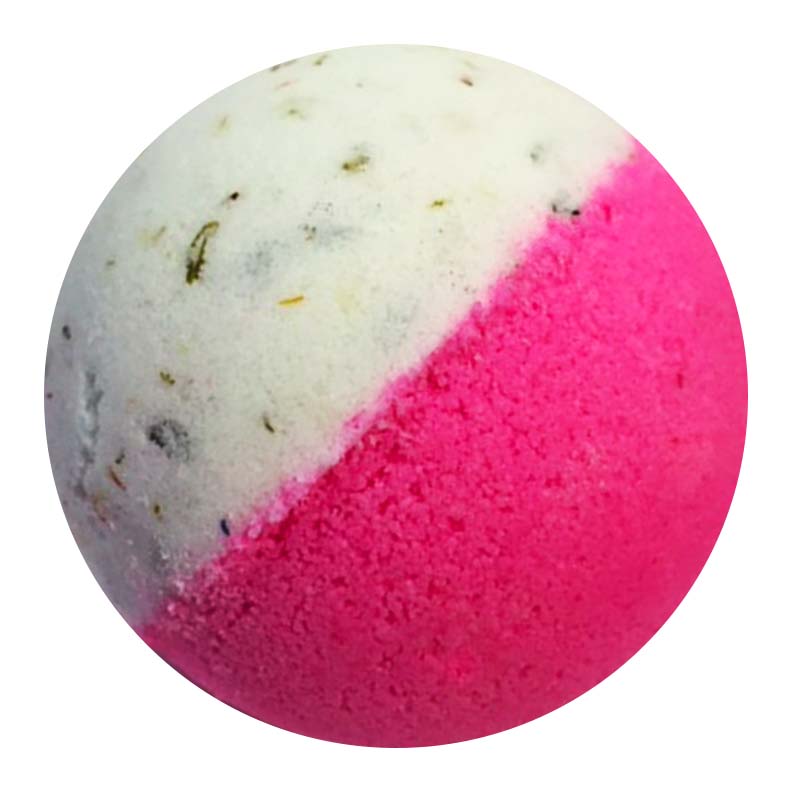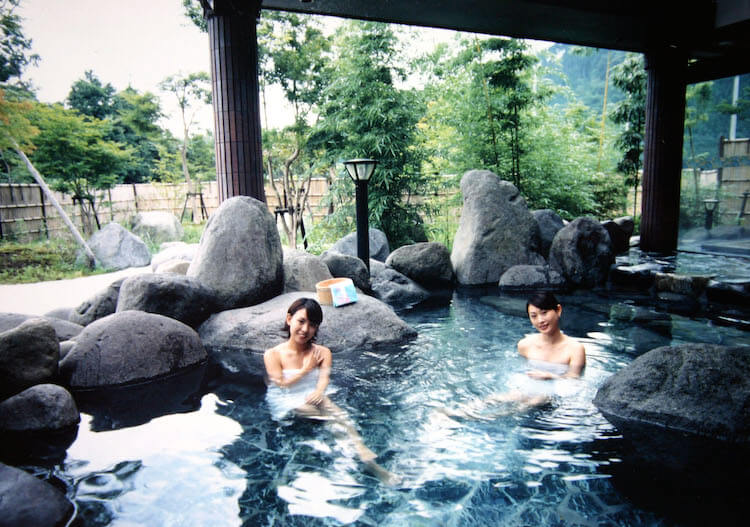8 reasons why Cosset bath bombs are the best gifts

Need new ideas to please your loved ones for Christmas? Search no longer, here are 8 Reasons why Cosset bath bombs are the best gifts:
1. They show you really care.
Cosset bath bombs are thoughtfully handmade with loving
care, and with your health and happiness in mind. Each bomb is paraben and sulfate- free and has a special therapeutic quality specific to helping the lucky recipient overcome such discomforts from the common cold to muscles cramps to depression.
2. Versatile.
We’ve got bombs with bubbles, bombs with a surprise toy for kids, bombs
for guys and gals, young and old and in-between. Anyone who loves a relaxing bath will love the benefits of our bombs – and who doesn’t love a relaxing bath? Just think of allthe peeps you can check off that list!
3. It’s a gift that keeps on giving.
Buy 4 bombs for $28 and when they come back to refill
their tube, their next 4 bombs are only $24. Or buy 10 marbles for $28, bring back the tube and their next 10 marbles are only $24.
4. Baked goods are overrated.
Instead of giving calories and guilt, you give relaxation and pleasure. They will thank you when starting that New Year’s resolution.
5. No baggage fees.
They’re small and compact. Your out-of-town guests will be grateful to easily stow them away in their purses or suitcases without taking up too much space or having to pay extra for oversized baggage.
6. Have lots of people on your gift list?
No problem. Marbles and bombs are perfect little gifts that you can buy for everyone on your list without breaking the bank or running around to multiple stores and getting swept away by hordes of shoppers.
7. “Tube socks”.
Fill a tube with marbles or bombs and use as the perfect stocking
stuffer.
8. You won’t even need wrapping paper.
Our bombs are so pretty, they practically wrap themselves.
Bath in Japanese Culture
Bath Culture In Japan: What Every Visitor Should Know Ahead Of Time
Taking a bath may sound like an everyday occurrence, but in Japan there are several important rules to follow when visiting a hot spring, public bath, or even soaking in the tub at home. Read on to learn more about rules, necessities, and more!
How Japanese People View Baths
While showers are a necessary part of everyday life, the Japanese don’t just take showers, they love soaking in bathtubs.
Most Japanese think of the bathtub as the place to wash away their daily fatigue, so they typically take baths at night, before going to bed.
Bathtubs In Japanese Homes
The majority of Japanese homes and larger apartments have separate rooms for the toilet and bathtub, and only the room with the bathtub is called the bathroom.
Bathrooms will have a floor space to shower, separate from the bathtub. The first thing people do when getting in the bath is take a shower: wash your hair and body, and take care of anything else you need to in the shower side. According to Japanese tradition, you aren’t supposed to wash your body in the bathtub.
Why Do Japanese People Like Soaking in Bathtubs?
Japan is extremely hot in the summer. To deal with this, Japanese homes have traditionally been built to allow for good ventilation. For this same reason, homes can get very cold in the winter, which is why people came to like warming up in the bath.
The Japanese love soaking in the tub even when it isn’t winter. Warming up the body improves circulation, alleviates fatigue and helps with shoulder stiffness. Raising the body’s temperature also improves metabolism, which can have dietary and skin-beautifying effects.
Japanese Onsen (Hot Springs)
The public bathhouse (sento) and the hot spring baths (onsen) are essential parts of Japanese bathing culture.
Japan is home to many volcanoes, which is why there are more than 20,000 onsen facilities located across the country. While there are onsens in Tokyo, if you head to more rural areas, you will discover many more onsens, as well as onsen towns where traditional Japanese inns are gathered in abundance.
A standard thing for Japanese people to do on vacation is to take an “onsen trips,” which consists of staying at an onsen hotel, eating delicious food and having fun at the onsen and the surrounding tourist areas.
Japanese Bathhouses

Sento, or bathhouses, are baths for public use, not tourist destinations.
In the past, when bathtubs were not typical features of the average home, it was normal for people to go to a sento to take baths. Even now, some people regularly head to a sento when they want to stretch out in a spacious bathtub, or because they enjoy talking with the other patrons.
A recently-popular sento facility is Super Sento. Super Sento offers spa baths, onsens, and many different kinds of bathtubs, as well as saunas; it has become popular for its ‘little extravagances’. Super Sento prices vary from branch to branch and range from 500 to 2500 yen.
The Bath Ritual
A relaxing time needs a relaxing soundtrack…



